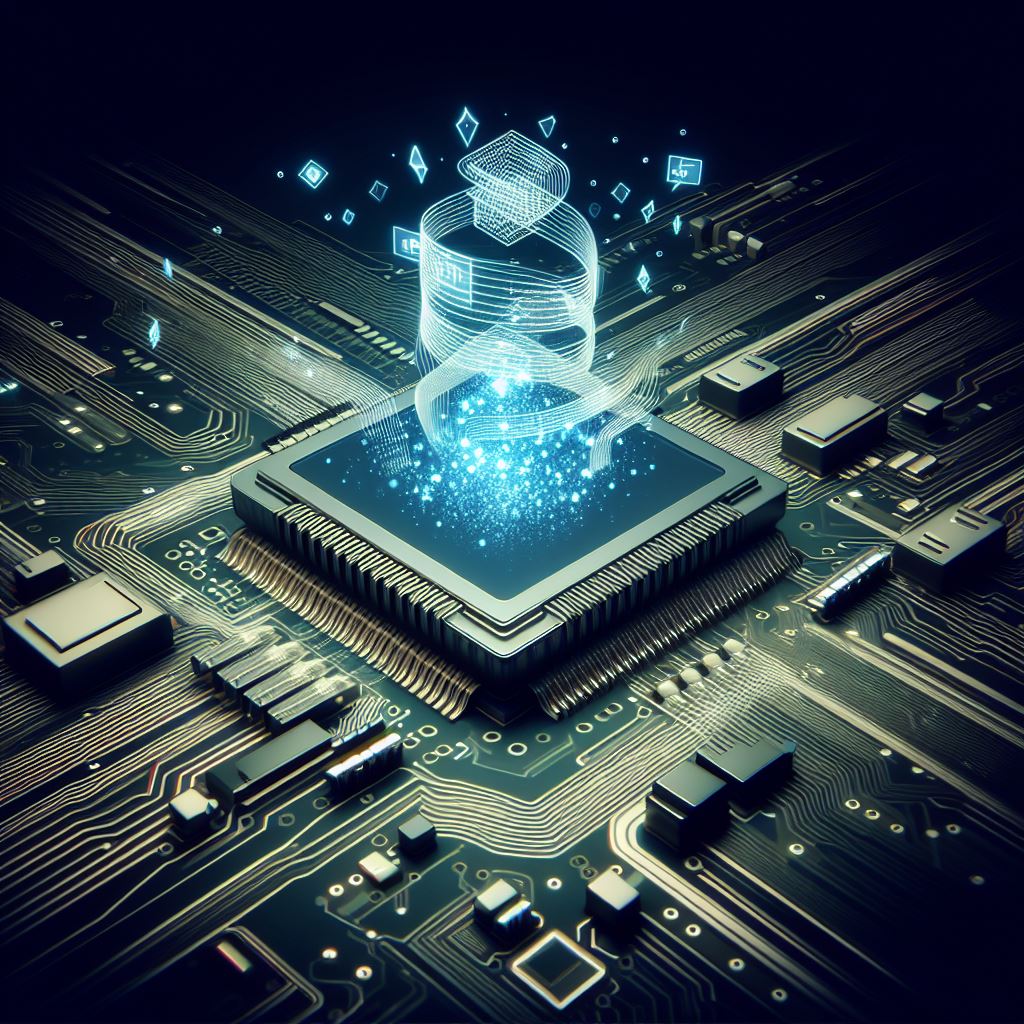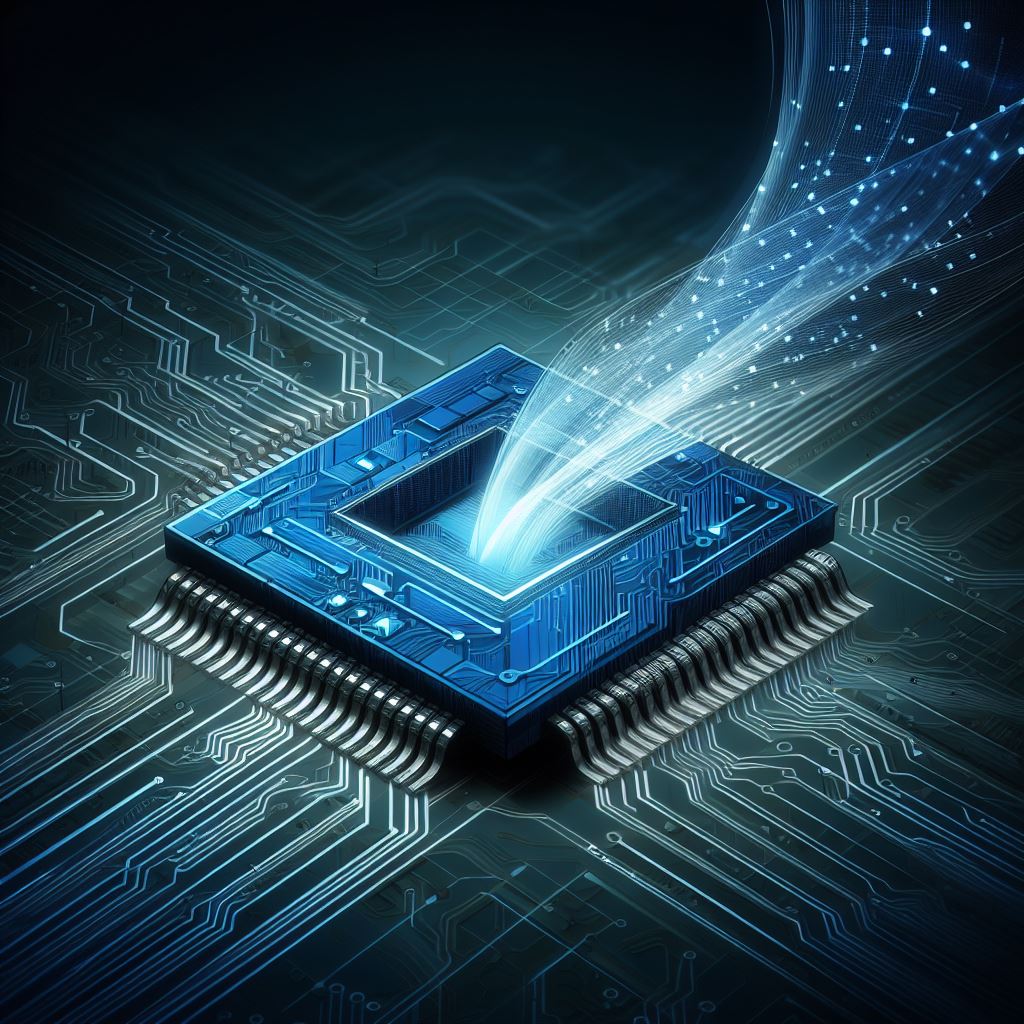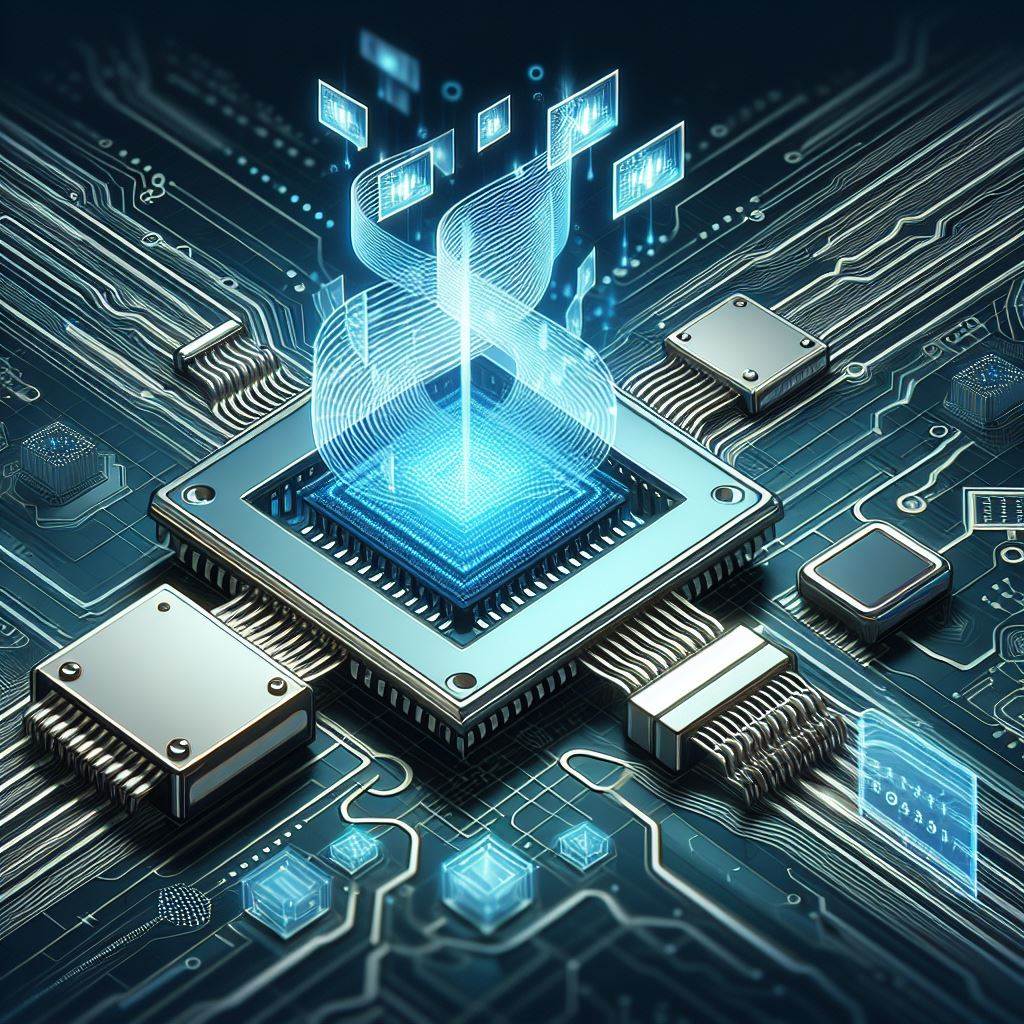Table of Contents
For decades, Random Access Memory (RAM) has been a cornerstone of computing. This temporary storage acts as a computer’s workbench, holding essential data for ongoing processes. But just like a cluttered workbench hinders productivity, traditional RAM limitations have bottlenecked computing’s true potential. Now, groundbreaking advancements in memory technology promise a paradigm shift, ushering in an era of “unstoppable computing.”

The Current RAM Roadblock: Speed Bumps and Capacity Limits
Modern computers rely on Dynamic Random Access Memory (DRAM). While DRAM offers decent speeds and capacities, it suffers from inherent limitations. DRAM constantly refreshes its data to retain information, a process that consumes power and creates a speed barrier. Additionally, DRAM capacities haven’t kept pace with the ever-increasing demands of complex applications like artificial intelligence (AI) and high-fidelity simulations.
Enter the Contenders: New RAM Technologies on the Horizon
Several promising RAM contenders are poised to overcome these limitations. Here are three frontrunners:
- Magneto-resistive RAM (MRAM): This technology leverages magnetic fields to store data. MRAM boasts blazing-fast access times, comparable to processing speeds, and eliminates the need for constant refreshing, leading to lower power consumption. Additionally, MRAM offers exceptional durability, retaining data even after power loss, making it ideal for applications requiring persistent memory.
- Phase-Change Memory (PCM): This technology utilizes the electrical resistance changes in a material to represent data. PCM offers superior density compared to DRAM, allowing for cramming more data into smaller spaces. This translates to significant performance gains for data-intensive tasks. While access times are slower than MRAM, PCM still surpasses DRAM and offers non-volatility, meaning data persists without power.
- Spin-Transfer Torque Magnetoresistive RAM (STT-MRAM): This variant of MRAM uses electrical currents to manipulate magnetic fields, enabling faster writing and reading compared to traditional MRAM. STT-MRAM holds immense promise for high-performance computing applications due to its speed and scalability.
The Potential Impact: Unlocking Untapped Computing Power
The implications of next-generation RAM extend far beyond faster data access. Here’s a glimpse into the transformative potential:
- AI and Machine Learning on Steroids: Advanced RAM will empower AI algorithms to process massive datasets in real-time, leading to breakthroughs in areas like medical diagnosis, personalized medicine, and autonomous systems.
- Unprecedented Simulation Capabilities: Next-gen RAM will fuel incredibly complex simulations, allowing researchers to model real-world phenomena with unmatched accuracy. This can revolutionize fields like climate modeling, materials science, and drug discovery.
- The Rise of In-Memory Computing: Faster, denser RAM paves the way for in-memory computing, where data processing happens directly within memory, eliminating the need to constantly shuttle data between RAM and storage. This promises dramatic performance improvements for data-intensive applications.
- Always-On, Instant-On Devices: Non-volatile RAM technologies like MRAM and PCM will usher in an era of devices that boot up instantaneously and retain data even after power loss. Imagine never waiting for your computer to load again or losing unsaved work due to a power outage.

Challenges and the Road Ahead
While the future of RAM appears bright, there are hurdles to overcome. These technologies are still in their early stages of development, and large-scale manufacturing needs to be refined to bring costs down for widespread adoption. Additionally, integrating new RAM with existing computing architectures requires further innovation.
However, the potential rewards are undeniable. With continued research and development, next-generation RAM has the power to propel computing into a new era, one characterized by unparalleled speed, efficiency, and capabilities. This revolution will not only empower researchers and businesses but also fundamentally change how we interact with technology in our daily lives.
The future of computing is poised to become “unstoppable,” and the key to unlocking this potential lies in a tiny, yet transformative, component: RAM.
The Ripples of Change: Beyond the Hardware
The impact of next-generation RAM extends beyond the realm of hardware, creating a ripple effect across various sectors:
- Software Revolution: New RAM capabilities will necessitate a software overhaul. Operating systems and applications will need to be optimized to leverage the speed and capacity advantages. This collaboration between hardware and software will be crucial in unleashing the full potential of the revolution.
- The Democratization of Power: Historically, cutting-edge computing power has been limited to research institutions and large corporations due to the high costs of high-performance RAM. With advancements in next-generation RAM, the cost barrier could significantly decrease, allowing smaller companies, startups, and even individual users to access previously unimaginable processing power. This democratization of power has the potential to foster innovation across various industries.
- The Rise of Specialized Computing: The diverse strengths of each new RAM technology will lead to specialization. For instance, MRAM’s speed and durability might be ideal for real-time applications in autonomous vehicles, while PCM’s high density could revolutionize data centers. This specialization will lead to a new era of tailored computing solutions for specific needs.
- Security Considerations: Faster processing speeds also mean potential vulnerabilities can be exploited more quickly. Robust security solutions will need to be developed alongside new RAM technologies to ensure data integrity and system protection.
The Human Factor: Reshaping Our Relationship with Technology
The impact of next-generation RAM won’t be limited to technical advancements; it has the potential to reshape our relationship with technology in profound ways. Here are some possibilities:
- Enhanced User Experience: Faster boot times, seamless multitasking, and instant application loading will redefine user expectations. Imagine a world where waiting for technology becomes a relic of the past.
- The Rise of Immersive Computing: The ability to process massive amounts of data in real-time will pave the way for more immersive and interactive experiences. From hyper-realistic virtual reality simulations to augmented reality seamlessly integrated into our daily lives, next-generation RAM will fuel the future of immersive computing.
- The Blurring Lines Between Human and Machine: As AI capabilities reach new heights, the line between human and machine intelligence will continue to blur. Next-generation RAM will play a crucial role in this evolution, enabling machines to learn, adapt, and potentially even collaborate with humans in ways never before possible.

A Call to Action: Investing in the Future
The potential of next-generation RAM is undeniable. However, this technological leap requires continued investment in research and development. Governments, private companies, and academic institutions all have a role to play in fostering innovation and accelerating the transition to these new technologies.
The future of computing is not just about faster processing or larger storage capacities. It’s about fundamentally changing how we interact with technology and unlocking its potential to solve some of humanity’s most pressing challenges. By embracing the paradigm shift in RAM, we can usher in an era of “unstoppable computing” and pave the way for a brighter, more technologically advanced future.
“https://en.wikipedia.org/wiki/Magnetoresistive_RAM“



